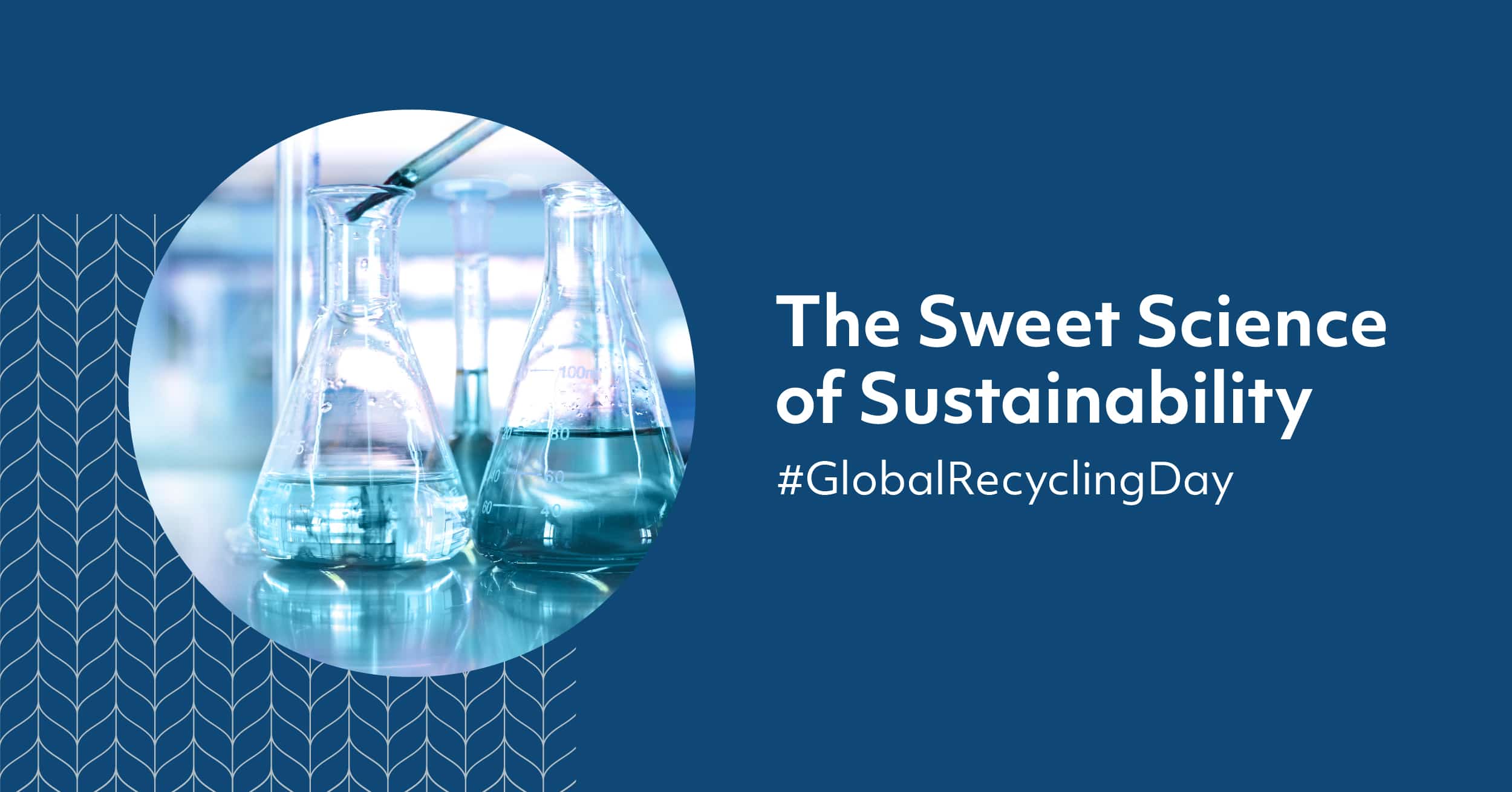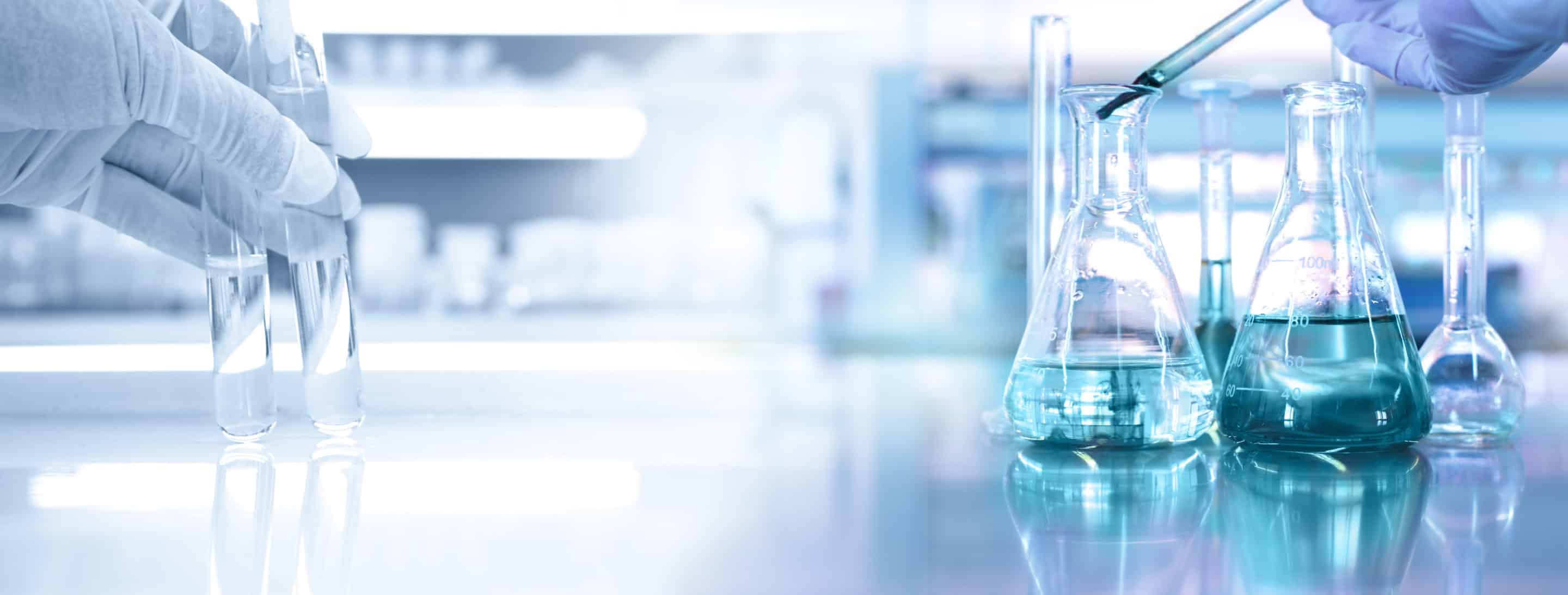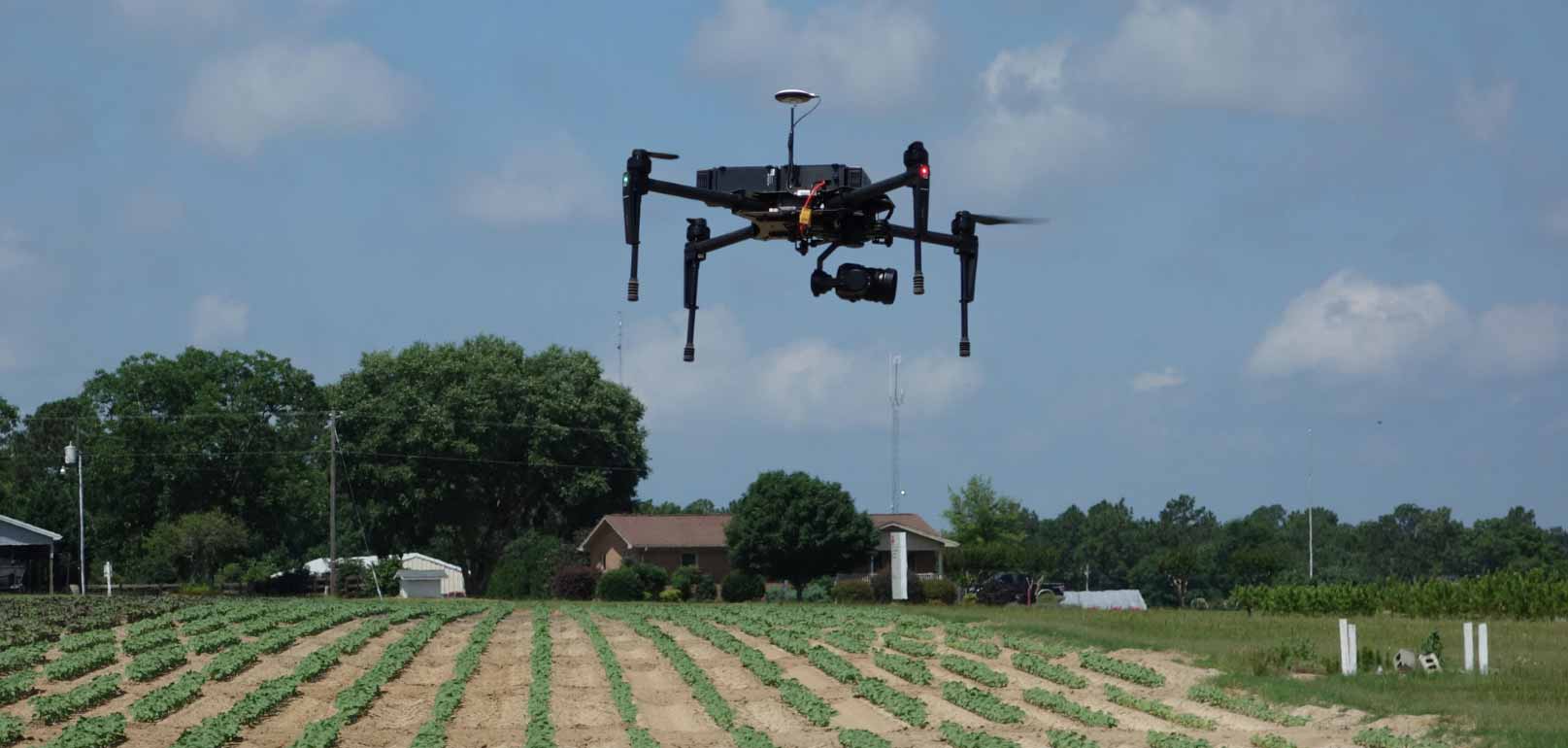As we continue to look for ways to make cotton more sustainable, our biggest ally is science. At Cotton Incorporated, we regularly team with leading research institutions to scientifically study how to make cotton more sustainable – either by reducing environmental impacts during the growth, production and processing of cotton, or by minimizing the environmental impacts at the end of a cotton product’s life cycle.
While there is often focus on ways to make the production of cotton more sustainable, there are exciting opportunities emerging to minimize the environmental impact at the end of cotton’s life cycle. Americans discard nearly 17 million tons of used textiles each year, and nearly 85 percent of it ends up in landfills or incineration, releasing substantial greenhouse gases (specifically CO2 (carbon dioxide) and methane) into the atmosphere, according to Environmental Protection Agency 2018 data. These greenhouse gas emissions are reported to be 1.5 Kg CO2 eq per Kg of textile wastes. Which would add up to an estimated 25.5 billion Kg of CO2 equivalent per year in the United States.
Recently, Cotton Incorporated teamed with North Carolina State University (NCSU) to develop novel chemical processes to recycle used clothing into commercially viable building blocks for other products. We are working with Dr. Hasan Jameel and Dr. Ronalds Gonzalez and a team of researchers at NCSU to develop environmentally and economically feasible ways to turn discarded cotton into glucose…i.e., sugar. In addition to being a common ingredient in desserts, glucose is the main raw material used to produce ethanol (biofuel). Glucose may also be used to produce numerous value-added chemicals such as levulinic acid, succinic acid, itaconic acid, glutamic acid, and lactic acid. These chemicals have a wide range of end uses. For example, succinic acid is used for a wide range of applications and is a critical compound for producing many industrially important products, including surfactants and detergents, flavors and fragrances, and biodegradable polymers (clothing fibers). Lactic acid is used in the cosmetics industry to manufacture hygiene and esthetic products, due to its moisturizing, antimicrobial, and rejuvenating effects on the skin. In the pharmaceutical industry, it is used as a supplement in the synthesis of dermatologic drugs. In the food industry, it is used in the production of yogurt and cheese.
Traditionally, many of these chemicals are produced from petroleum. Alternatively, developing a process to convert discarded cotton textiles into these same useful chemical compounds, i.e., bio-based building blocks, may directly decrease greenhouse gas emissions. In addition, by utilizing cotton as the feedstock, the emissions have the potential to be significantly reduced compared to producing these products from petroleum. This process, co-developed by researchers at North Carolina State University and Cotton Incorporated, uses enzymatic hydrolysis, where enzymes turn the cellulose in cotton into more basic molecules (like glucose). The processes developed by the research team are important to help deal with the complexity associated with textile waste such as blends of natural (e.g., cotton) and synthetic fibers (e.g., polyester, nylon, rayon, etc.). For example, the efficient conversion of cotton from textiles into glucose could allow the downstream separation and recycling of other synthetic and non-biodegradable fibers, representing 60 percent of the whole textile production.[1],[2]
In addition to being sustainable, this process can also be economically viable. Textile waste is a low-cost raw material, which can be converted into glucose (400 USD/ton according to trading economics data). Many of the products mentioned above retail for thousands of dollars per ton.
At the end of 2021, our project team filed a provisional patent application, USSN: 63/287,355 to protect the new processes developed in this work. In 2022, Cotton Incorporated and North Carolina State University are working to set up a pilot-scale demonstration to better adapt these processes over to the commercial sector, thereby putting another tool in our sustainability toolbox. These pilot projects will scale the process from a few grams in laboratory settings to 50 pounds for the pilot plant trials.
We often refer to cotton as an “and crop” because of its inherent circularity and the many uses of byproducts such as cotton linters or cottonseed oil. But thanks to some brilliant researchers and the power of chemistry, we can now add sugar to that list of “and” products and continue our goal of making the production and disposal of cotton more sustainable.


Matthew Farrell – Manager, Textile Chemistry Research

Mary Ankeny – Vice President, Product Development & Implementation Operations



